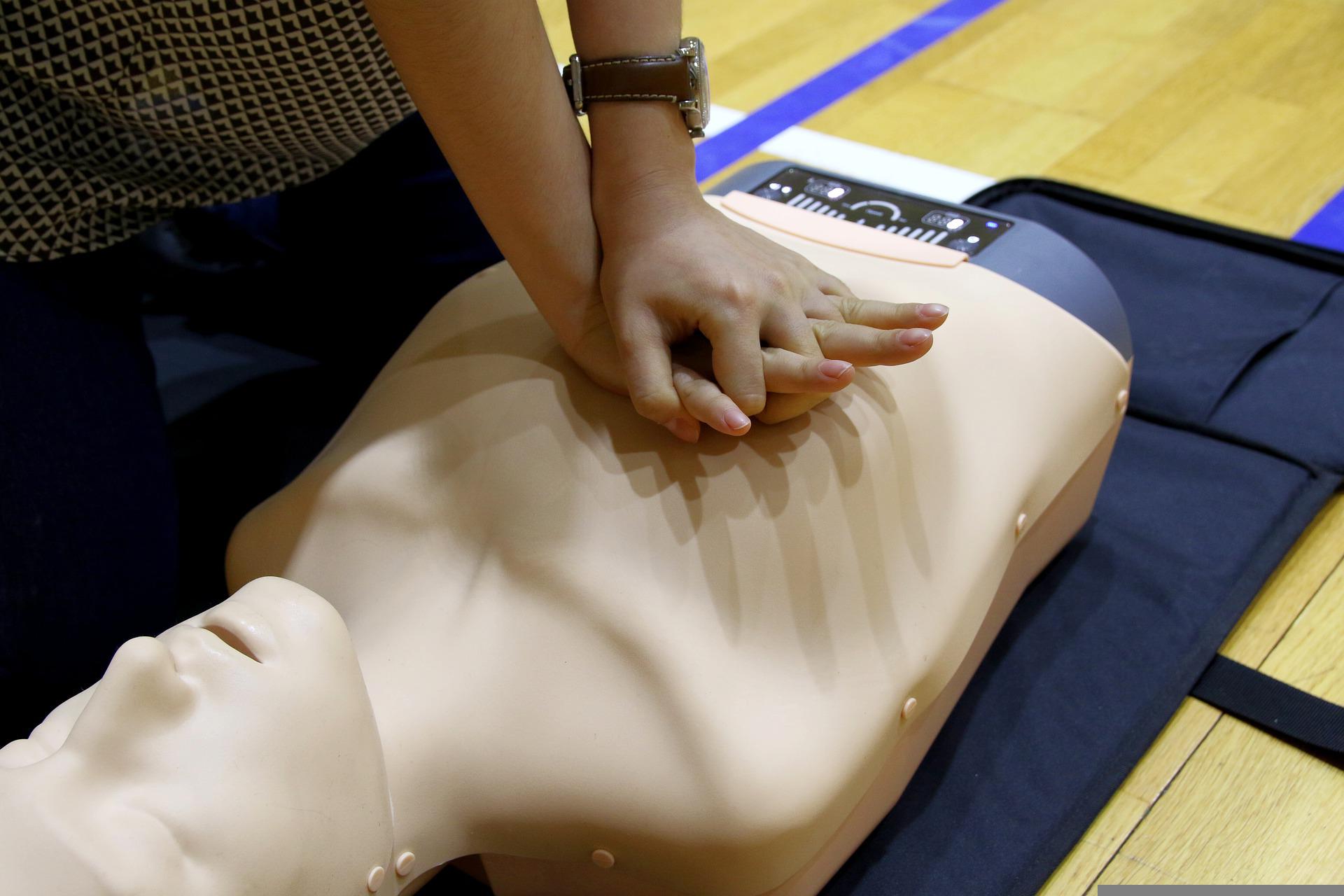Earlier this year, a group of researchers led by Sam Parnia (USA) proposed a new way of thinking about near-death experience (NDE). Since then, the discussion around this issue has been extremely animated. The latest round of arguments has been launched by an international group of scientists—Martial, Gosseries, Cassol (Belgium) and Kondziella (Denmark)—who have criticized the position of Parnia and his colleagues.
As the authors point out, if a person remembers an NDE, this goes to show that, in fact, they were not dead. That is, from the medical point of view, they did not meet the criteria for brain death. These were introduced in the 1960s, and since then, not a single patient properly diagnosed as brain dead has come back to life.
Parnia and his colleagues claimed that 1 out of 330 cardiac arrest survivors (i.e. 0.3%) described events experienced during cardiopulmonary resuscitation. However, as Martial et al. critically note, this does not exclude the possibility that the report of this single person is based on a false memory.
The researchers also consider the concept of “real” and “unreal” NDEs to be unfortunate. There is no need to cast doubt on whether people’s experiences are real. People experience what they experience. Malingering is an extremely rare phenomenon.
The authors also disagree with another conclusion: that a NDE during cardiac arrest is proof that human consciousness is able to exist outside of a functioning brain. They consider it more logical to assume that the reported NDE images/scenarios were experienced by the person immediately before loss of consciousness (or immediately after consciousness was restored), and, therefore, the patient can remember them after successful resuscitation.
In conclusion, the scientists note that the main mistake made by Parnia et al. is in mixing two different aspects of death: the cellular mechanisms occurring in the dying brain, on the one hand, and the subjective experiences reported by people when faced with life–threatening situations, on the other hand. It is better to separate these two aspects in order to avoid confusion between NDEs and the concept of brain death.
The article was published in August 2022 in the journal Annals of the New York Academy of Sciences.
Get all the latest news about lucid dreams via our channels on Telegram, Instagram, Facebook




